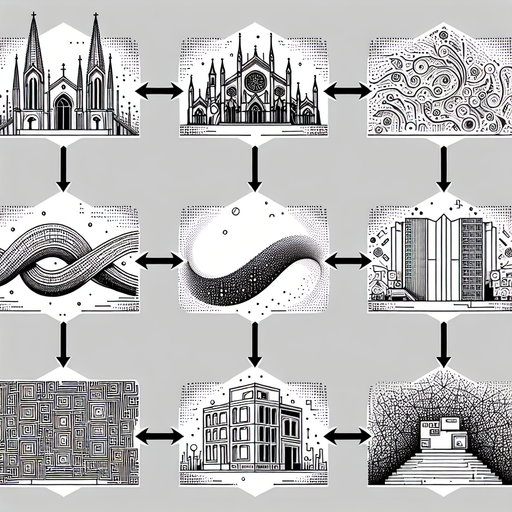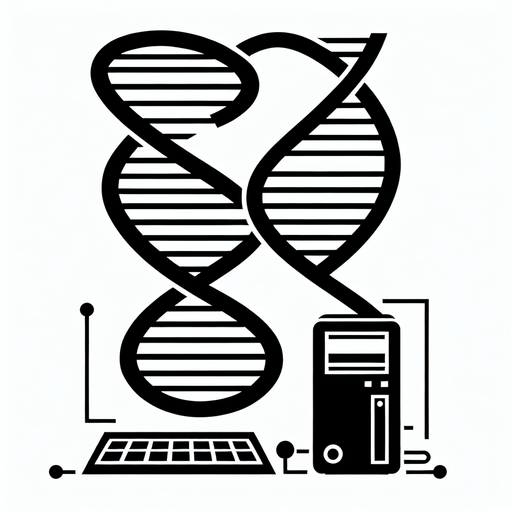A Master Thesis That Changed The World
Sometimes, a master’s thesis is more than just a precursor to a Ph.D.; it can lay the foundation for an entirely new field of study. This was the case for Claude Shannon. His 1937 master's thesis at MIT is arguably the most influential master's thesis of the 20th century, paving the way for the invention of the general-purpose computer.
Before Shannon's groundbreaking work, computers were mechanical devices designed for specific tasks like solving differential equations or analyzing data. Each machine had to be custom-built for its intended function. However, Shannon demonstrated that electrical circuits could execute logical operations and could be analyzed using Boolean algebra. This revelation meant that electrical switches, like those in relay circuits, could be configured to solve any logical or numerical problem.
This discovery was groundbreaking. It established that with the right design and sufficient resources, digital circuits—and later, digital computers—could, in theory, tackle any computational challenge. Modern computers still operate on this foundational principle, bridging the gap between mathematical logic and physical circuitry.
Human knowledge advances because we build upon the insights of previous Humans. Occasionally, someone connects the dots in a transformative way, birthing a new discipline. Shannon exemplifies this phenomenon. He synthesized his early understanding of Boolean algebra with his experience with telephone relays. His story shows the profound impact of continuous learning and how acquired knowledge can compound in unexpected ways.
Craving more? Check out the source behind this Brain Snack!


